Why is the demand for corrugated boxes increasing?
Are you seeing corrugated boxes everywhere? Wondering why they've become so popular lately? Let's look into the reasons behind this growing trend in packaging.
The huge rise in e-commerce, a growing focus on sustainable packaging, and the need for efficient global supply chains are the main reasons why demand for corrugated boxes is significantly increasing.
This boom in corrugated is definitely shaking things up in the packaging world. It makes you think about the whole picture, doesn't it? Let's dig a bit deeper into what this means for the industry and related areas.
What is the demand for corrugated boxes?
Feeling unsure about the actual size of the corrugated box market? Wondering how this trend might impact your own business planning? Let's get a clearer picture of the scale.
Global demand is massive, measured in billions of units or square meters each year. The market shows consistent growth, strongly pushed by online retail needs and the global push for better shipping solutions.
!
Diving Deeper into Demand Drivers
The demand isn't just a vague number; it's driven by very specific shifts in how we buy and sell things. Let's break it down:
- E-commerce Explosion: This is probably the biggest factor. Every time someone orders something online, chances are high it arrives in a corrugated box. From small items to large appliances, these boxes are the workhorses of online retail logistics. They need to be sturdy enough for transport yet light enough to keep shipping costs down. As online shopping continues to grow globally, so does the need for these boxes. I remember talking to a client who shifted their retail model heavily towards online sales – their corrugated box consumption tripled almost overnight.
- Sustainability Focus: Consumers and companies are increasingly aware of environmental impact. Corrugated cardboard is often made from recycled materials and is itself easily recyclable. This makes it a more attractive option compared to plastics or other less sustainable materials. Governments are also pushing for greener packaging solutions through regulations, further boosting demand for paper-based options like corrugated boxes.
- Supply Chain Efficiency: Modern logistics relies on standardized, stackable, and protective packaging. Corrugated boxes fit these needs perfectly. They are relatively inexpensive, can be customized easily, and protect goods during transit across complex global supply chains.
Here's a simple look at the key drivers:
| Driver | Impact on Corrugated Demand |
|---|---|
| E-commerce Growth | Increases need for shipping boxes |
| Sustainability | Favors recyclable paper-based packaging |
| Supply Chain Needs | Requires efficient, protective, cheap boxes |
This overall growth affects the entire packaging sector. It pushes innovation not just in corrugated, but in all types of packaging needed to meet diverse product requirements.
What is the outlook for the corrugated boxes industry?
Thinking about the future of corrugated packaging? Concerned about where to invest time or resources? Let's explore what the industry forecast looks like.
The general outlook remains positive. Experts predict steady growth will continue, fueled by the ongoing e-commerce wave, the demand for eco-friendly materials, and continuous innovation in box manufacturing technology.
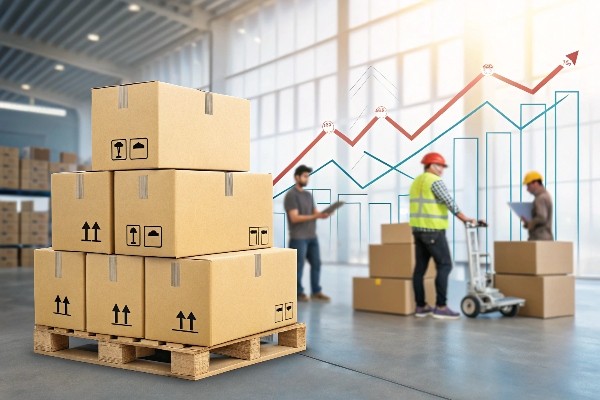
Diving Deeper into the Future Outlook
Looking ahead, several factors will shape the corrugated box industry's trajectory. It's not just about more boxes; it's about better boxes and smarter production.
- Technological Advancements: Digital printing on corrugated board allows for more customization and shorter runs, which is great for branding and targeted marketing. Automation in converting plants is also increasing efficiency and reducing costs. We see robotics playing a bigger role in handling and palletizing, speeding up the entire process. From our perspective at Kylin Machine, focusing on automation and precision is key across all packaging machinery, including specialized areas.
- Material Innovation: There's ongoing research into making corrugated board stronger yet lighter, using less fiber while maintaining performance. This helps reduce raw material consumption and shipping weight. We might also see more integration of barrier coatings for food packaging or other specialized applications.
- Environmental Pressures: The push for a circular economy will intensify. This means improving collection and recycling rates for used boxes and designing boxes that are even easier to recycle. Companies will face increasing pressure to demonstrate the sustainability of their packaging choices.
- Potential Challenges: While the outlook is good, there are challenges. Fluctuations in raw material prices (like recycled paper pulp) can impact costs. Competition is also fierce, pushing companies to innovate constantly to stay ahead. Global economic shifts or unexpected supply chain disruptions (as we've seen recently) can also affect demand and production.
Overall, the industry is expected to adapt and thrive by embracing technology, sustainability, and efficiency improvements.What is the future of corrugated boxes?
Curious about what's next for the humble cardboard box? Worried that current packaging methods might soon be left behind? Let's peek into the potential future developments.
The future likely involves smarter, more connected packaging. Imagine boxes with embedded sensors for tracking. We'll also see greater personalization, improved circular economy integration, and more automation in production.
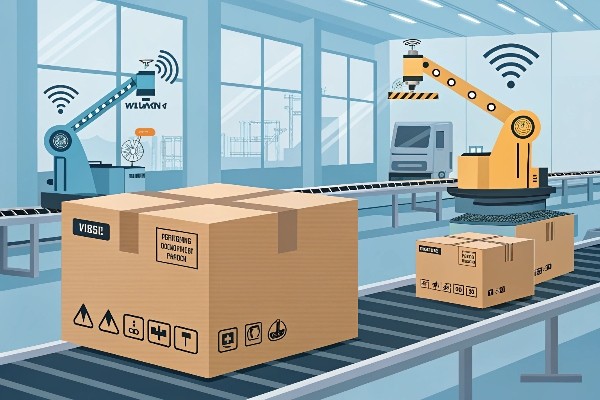
Diving Deeper into Future Trends
The corrugated box, while seemingly simple, is set for some interesting evolutions. Here's where things might be heading:
- Smart Packaging Features: We might start seeing more corrugated boxes integrated with simple, low-cost sensors or RFID tags. These could track location, temperature, or humidity, which is crucial for sensitive goods like pharmaceuticals or fresh food. Imagine a box telling you if its contents were exposed to excessive heat during transit!
- Hyper-Personalization: Advances in digital printing technology will make it easier and cheaper to print unique designs, messages, or codes on individual boxes, even in large volumes. This opens up huge possibilities for marketing and enhancing the customer's unboxing experience.
- Circular Economy Integration: The focus will shift beyond just recyclability to true circularity. This means designing boxes for easy disassembly, improving collection systems, and finding ways to reuse boxes or fibers multiple times with minimal quality loss. Closed-loop systems, where manufacturers take back and recycle their own packaging, could become more common.
- Automation & Robotics: From manufacturing the board itself to forming the boxes and packing products, automation will continue to increase. Robots can handle repetitive tasks faster and more precisely, improving efficiency and workplace safety.
While corrugated boxes handle a huge volume of goods, certain products demand something more. Think about high-value electronics, delicate cosmetics, luxury gifts, or beautiful jewelry. These items often need the superior protection, premium feel, and enhanced branding opportunities offered by rigid boxes. Making these high-quality boxes requires specialized machinery, focusing on precision folding, gluing, and finishing – a different world from standard corrugated converting.Which industry uses most corrugated boxes?
Trying to figure out where the bulk of corrugated boxes end up? Want to know if your industry is a major player in this market? Let's identify the biggest users.
E-commerce and general retail are currently the largest consumers of corrugated boxes globally. The food and beverage industry follows closely, along with various manufacturing sectors needing packaging solutions.
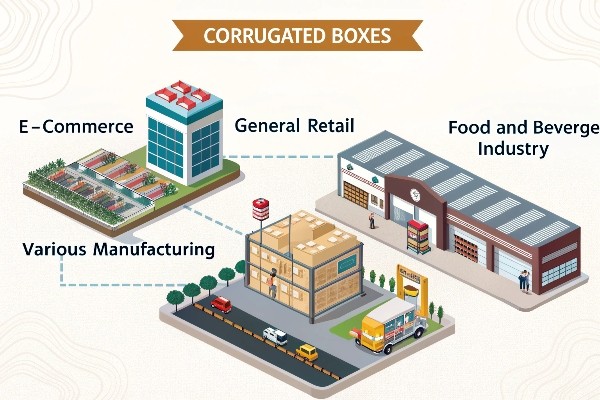
Diving Deeper into Key User Industries
Understanding who uses corrugated boxes helps paint a clearer picture of their role in the economy.
- E-commerce & Retail: This sector is the undisputed leader. Every online order shipped directly to a consumer typically requires a corrugated box. Physical retail also uses them extensively for shipping goods from distribution centers to stores and sometimes for bulky consumer products. The need ranges from small mailers to large boxes for furniture or appliances.
- Food & Beverage: This is another massive user. Corrugated boxes are essential for transporting packaged foods, drinks, fresh produce, and frozen goods. They provide protection, allow for stacking in warehouses and transport, and often feature printing for branding and product information. Think of cases of soda, boxes of cereal, or trays for fruit.
- Manufacturing & Industrial Goods: Factories use corrugated boxes constantly to package finished products (like electronics, tools, small appliances) and components for shipping to other businesses or distribution hubs. They protect items from damage during handling and transit.
It's clear that industries dealing with high volumes of physical goods rely heavily on corrugated packaging. However, focusing solely on volume overlooks the need for specialized packaging in certain high-value markets. For instance, industries like cosmetics, high-end electronics, spirits, and importantly, the jewelry business, require packaging that does more than just protect. They need packaging that enhances the brand image, provides a premium unboxing experience, and communicates quality. This is where rigid boxes shine. While a corrugated box might be used for outer shipping, the primary product packaging is often a beautifully crafted rigid box. At Kylin Machine (www.kylinmachines.com), we specialize in the advanced machinery needed to produce these high-quality rigid boxes, helping businesses create packaging that truly stands out.Conclusion
Demand for corrugated boxes is climbing, driven mainly by e-commerce growth and the push for sustainable options. This highlights the importance of effective packaging across all industries, including specialized needs met by high-quality rigid boxes.


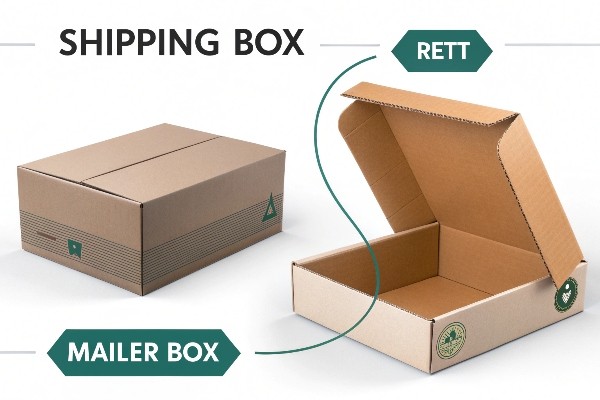
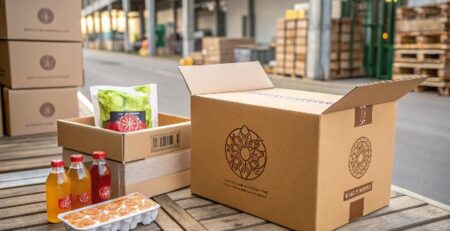



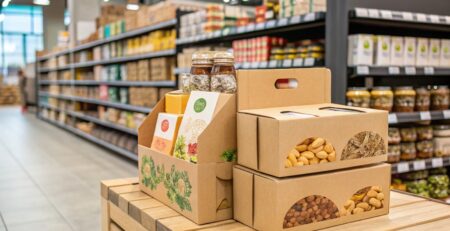
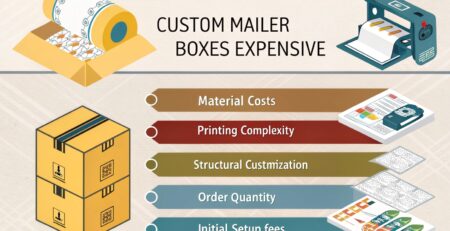

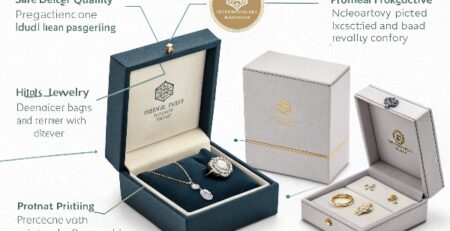


发表回复